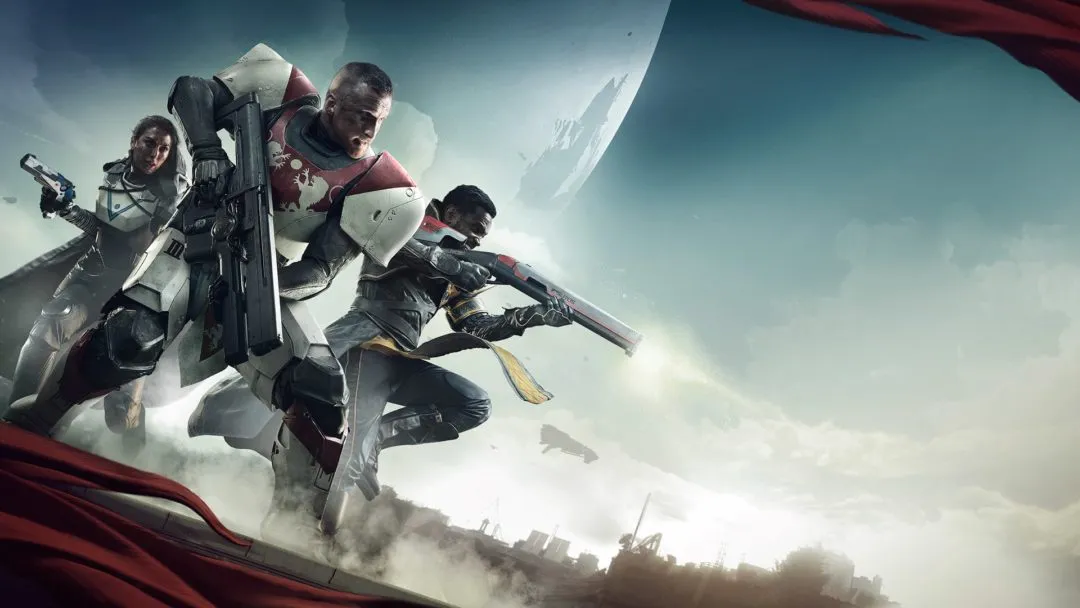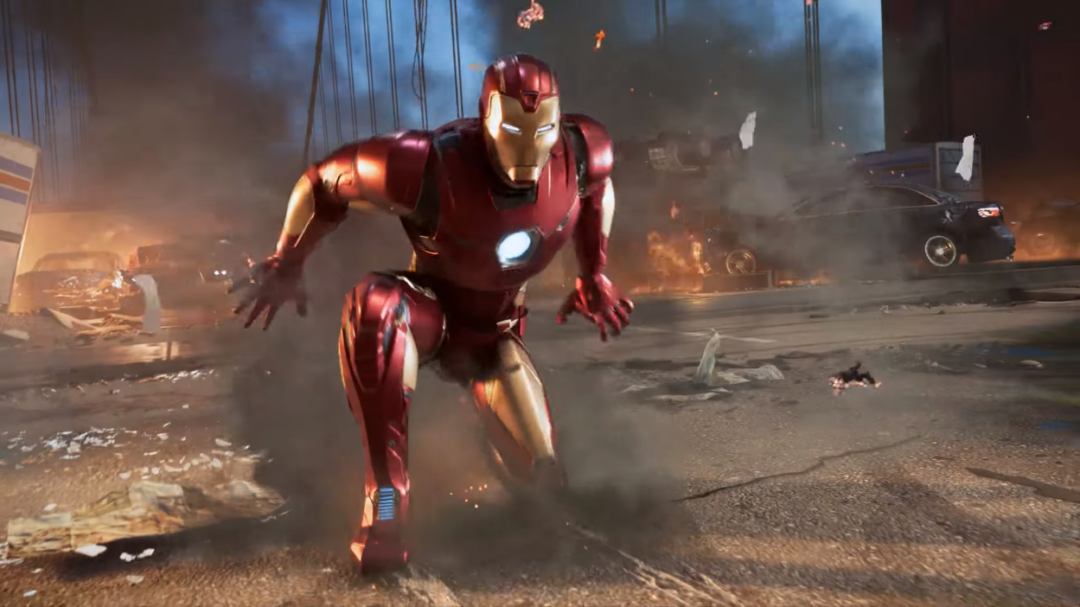
I’ve said for a long time that one of the major problems with games is how much we’re spending to produce them. If you spend $20 million making a game, you need to make more than $20 million back. This means the game needs to have broad appeal, low barrier to entry, and can’t take many risks. This doesn’t leave much room to experiment, and to makes it very difficult to convince a studio to back a project with niche appeal.
So we turn to indies. Braid. Frozen Synapse. Bastion. Terraria. Atom Zombie Smasher. Good stuff. These are all excellent games, but there’s a limit on how much you can do with two or three people working in their garage.
Publishers have shown they don’t actually understand the core concepts of gaming. Bobby Kotick and John Riccitiello are not gamers. They are businessmen. The people green-lighting projects at EA and Activision don’t know how to tell a good game from a bad one. They can’t listen to a pitch and think, “Yeah, I’d like to play that!” Because they wouldn’t. They understand branding, marketing, and following trends, so they look for what’s already working and copy that.
Publishers have basically been gambling for the last few years. They dump tens of millions of dollars into a project. If it goes well, they turn it into a franchise and make copies until the public is sick of it. If it fails, they close a studio, fire the developers, and blame it all on used games.
Right now we have two tiers of games: The $20,000,000 games, and the $2,000 games. This leaves a strange gap in the middle where the one or two million dollar games could go. The odd thing about this is that I think this is a bit of a sweet spot. It’s not hard to make back a couple of million. If you’re a publisher, that’s a low amount of money to put at risk, provided you actually understand the hobby and aren’t just trying to make the next Modern Warfare 2. (To be clear: I’m not knocking MW2, I’m knocking the people knocking out knock-offs. Okay?)
Back in the 1990’s, most developers operated in this budget range of a couple million dollars. There are certain kinds of games that can only exist in that range. You couldn’t make the original Fallout in your bedroom, and if you’re spending twenty million then you’re making a fully 3D game aimed at the shooter market, which is a fundamentally different sort of experience.

Which brings us to this Kickstarter craze. Kickstarter is giving us fans of niche games a chance to directly bankroll some of these projects. Case in point is Wasteland 2, where designer Brian Fargo raised just short of $3 million – which puts his project neatly in this mid-range part of the spectrum. (For you younglings, the original Wasteland was a 1988 game that served as a precursor to Fallout.) And of course everyone is talking about how Tim Schafer secured $3 million for developing an adventure game, even though nobody knows anything about what the game will be like. The upshot is that Kickstarter is finally giving us a way to get our hands on some new mid-budget games.
As nice as all of this is, I’m going to predict that we’ll be seeing the downside soon enough. For one thing, the fact that people have been able to show up on Kickstarter and raise millions of dollars is inevitably going to attract vultures. Other people will see the easy money, set up bogus projects, and try to see how much cash they can grab before running off. This has already happened once. Those guys were dumb and got caught. Will the same thing be tried again by a smarter brand of idiot? I wouldn’t bet against it.
But aside from dishonest people looking to cash in on the goodwill and excitement, there’s the wider problem that some projects just plain fail, even when the developer has good intentions. Projects have run out of money in the past, and I’m sure it will happen to a Kickstarter project sooner or later. Then we will find out how many donors understood what they were getting into, and how many were just using donations as if they were pre-ordering a game.
In business, when you invest in something you can lose money. Sometimes you can lose everything you put in. Investors take the risk because they will get a cut of the profits if the project is a success. But Kickstarter donors don’t get a cut of the profits. They just get a copy of the game, if it survives to release. Sooner or later a Kickstarted game will fail, and the backers will get nothing. There will be outrage and bad press and other projects will need to work even harder to assure potential backers they can bring a game to market.
So enjoy the honeymoon while it lasts. I have high hopes for Kickstarter, but I suspect there will be a bit of a shake-out period as everyone figures out how this new funding model is going to work.
One final note is that now publishers like EA are trying to pass off low-budget, big-publisher stuff as “indie”. (It’s not, for the same reason that Tiger Woods isn’t an “Amateur Golfer” just because he’s using clubs he bought at Wal-Mart.) If they decide there’s money to be made in this mid-budget market, they could make things very interesting for these Kickstarter projects.
Shamus Young is currently setting up a Kickstarter page to get the funds for a large Coke and a pizza. Pledge now and you can have the greasy box.




Published: May 4, 2012 09:00 pm